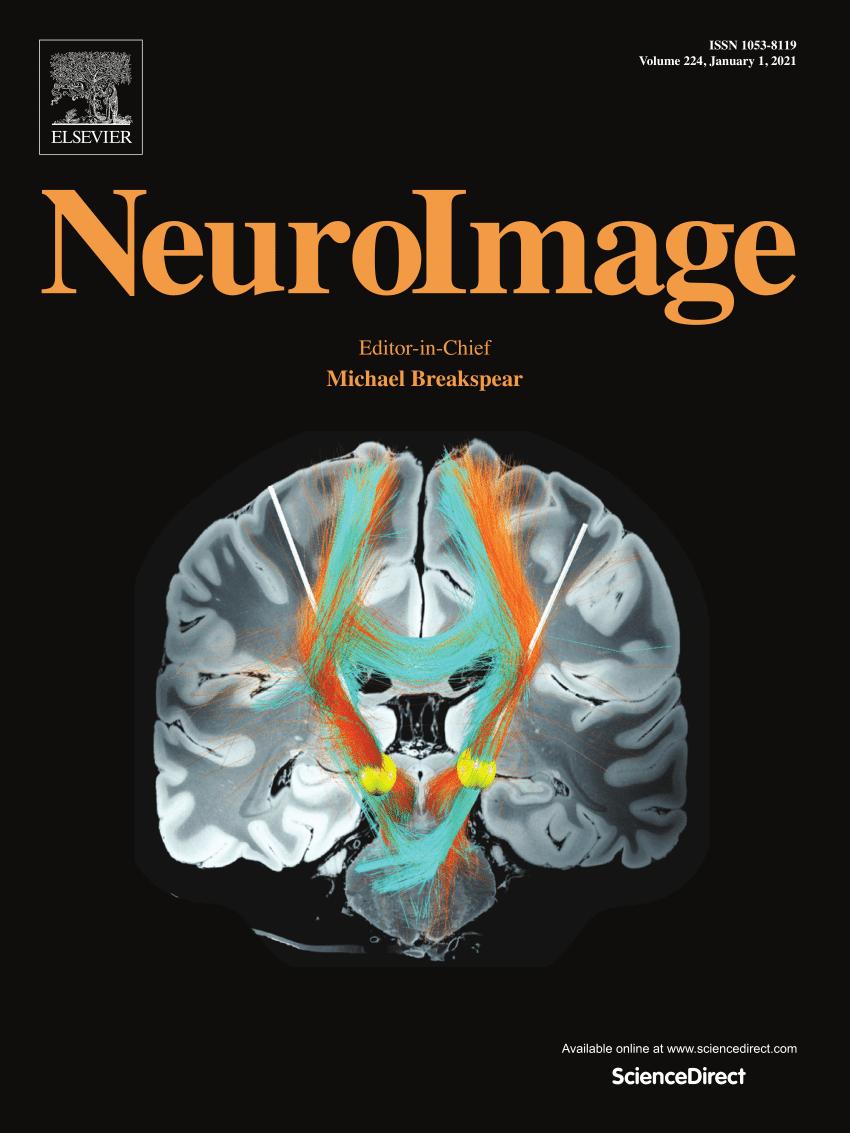评估伪影校正和伪影抑制对基于SVM和基于lda的脑电信号解码性能的影响
IF 4.5
2区 医学
Q1 NEUROIMAGING
引用次数: 0
摘要
大量研究表明,眨眼和其他大型伪影会降低脑电图数据的信噪比,导致传统单变量分析的统计能力下降。然而,在预处理过程中消除这些伪影是否能提高多变量模式分析(MVPA)的性能尚不清楚;解码),特别是考虑到工件拒绝减少了可用于训练解码器的试验次数。本研究旨在评估伪影最小化方法对支持向量机解码性能的影响。使用独立分量分析(ICA)校正眼部伪影,使用伪影剔除剔除其他来源(如肌肉伪影)的大电压偏差试验。我们利用七种常用的事件相关电位范式(N170、错配负性、N2pc、P3b、N400、侧化准备电位和错误相关负性)以及更具挑战性的多路解码任务(包括刺激位置和刺激方向)的数据,评估了相对简单的二元分类任务的解码性能。结果表明,在绝大多数情况下,伪影校正和抑制相结合并不能提高解码性能。然而,伪影校正对于最小化伪影相关的混淆仍然是必要的,这些混淆可能会人为地夸大解码的准确性。使用类似方法解码脑电图数据的研究人员从范式、人群和记录设置中获得的数据与本文研究的相似,可能会受益于我们的建议,以优化解码性能并避免错误的结论。本文章由计算机程序翻译,如有差异,请以英文原文为准。
Assessing the impact of artifact correction and artifact rejection on the performance of SVM- and LDA-based decoding of EEG signals
Numerous studies have demonstrated that eyeblinks and other large artifacts can decrease the signal-to-noise ratio of EEG data, resulting in decreased statistical power for conventional univariate analyses. However, it is not clear whether eliminating these artifacts during preprocessing enhances the performance of multivariate pattern analysis (MVPA; decoding), especially given that artifact rejection reduces the number of trials available for training the decoder. This study aimed to evaluate the impact of artifact-minimization approaches on the decoding performance of support vector machines. Independent component analysis (ICA) was used to correct ocular artifacts, and artifact rejection was used to discard trials with large voltage deflections from other sources (e.g., muscle artifacts). We assessed decoding performance in relatively simple binary classification tasks using data from seven commonly-used event-related potential paradigms (N170, mismatch negativity, N2pc, P3b, N400, lateralized readiness potential, and error-related negativity), as well as more challenging multi-way decoding tasks, including stimulus location and stimulus orientation. The results indicated that the combination of artifact correction and rejection did not improve decoding performance in the vast majority of cases. However, artifact correction may still be essential to minimize artifact-related confounds that might artificially inflate decoding accuracy. Researchers who are using similar methods to decode EEG data from paradigms, populations, and recording setups that are similar to those examined here may benefit from our recommendations to optimize decoding performance and avoid incorrect conclusions.
求助全文
通过发布文献求助,成功后即可免费获取论文全文。
去求助
来源期刊

NeuroImage
医学-核医学
CiteScore
11.30
自引率
10.50%
发文量
809
审稿时长
63 days
期刊介绍:
NeuroImage, a Journal of Brain Function provides a vehicle for communicating important advances in acquiring, analyzing, and modelling neuroimaging data and in applying these techniques to the study of structure-function and brain-behavior relationships. Though the emphasis is on the macroscopic level of human brain organization, meso-and microscopic neuroimaging across all species will be considered if informative for understanding the aforementioned relationships.
 求助内容:
求助内容: 应助结果提醒方式:
应助结果提醒方式:


